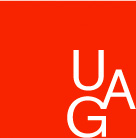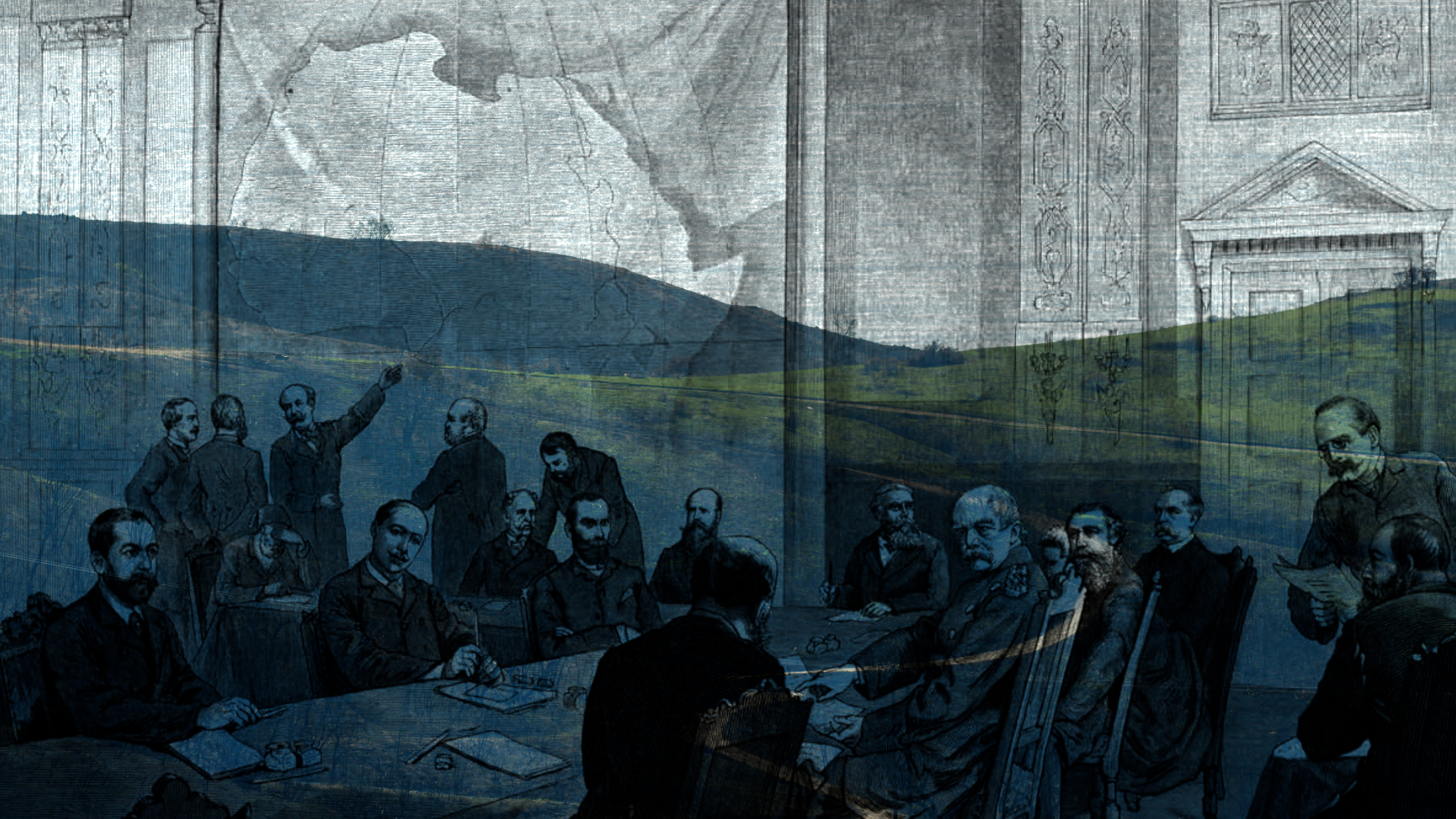The Unworld to Come. Imagining an Otherwise…
“If this world is as shitty as we think it is, then why repair it!”1 demands Jack Halberstam, pointing to the layers of brokenness that render life across this planet increasingly precarious—or nearly impossible. In response, The Unworld to Come takes up climate change as a poly-crisis with ideological dimensions, featuring artists who attempt to “imagine an otherwise” within the entangled struggles for climate, economic and social justice, beyond.
As a guiding principle, the curators have drawn upon Bernard Stiegler’s notion of the neganthropocene—a deconstructed take on what scholars call the Anthropocene: that epoch defined by humans’ effect on the Earth’s ecosystem. From this approach the question is not only how we arrived here, but how a life worth living might be imagined within it.2 Central to this query is the recognition that the climate crisis spans a broad terrain: from ecocide masked as “green transition,” to the disregard for the dignity of migrants displaced by rising seas and neo-colonial regimes.
And yet, the Californian idea of a ‘whole earth’ remains a powerful tactic for short circuiting racialized neoliberal capitalism and its extractionist disregard of natural resources and human well-being. With Halberstam, if the curators choose to engage the “gritty, dirty, messy, disorderly unworld to come,”3 it is therefore not a post-apocalyptic stance. Rather, it is an attempt to perceive the climatic collapse and brokenness as the real (not imagined) condition of our interconnected present, and to further ask how we might live—critically and generatively—within it.
All of this is to say that the question of climate isn’t just one of weather patterns, but a broader one of geopolitical trends that, in turn, produce patterns of forced migration and ultimately detention and deportation. Enter Ashley Hunt, virgil b/g taylor, Marwa Arsanios, and Natascha Sadr Haghighian whose artwork in The Unworld to Come stages an in-situ dialogue that makes unexpected connections between the movements of people and the biosphere. In so doing, a means of living otherwise within the Anthropocene is imagined. It’s an important choice, because as Halberstam puts it, “If you fall and break you cannot be put back together in the [exact] way you were.”4
This exhibition inaugurates the first phase of The Neganthropocene: Empire/Money, Science/Politics, Art/Intervention, a three-part research project by Juli Carson and collaborators under the umbrella of University of California Climate Actions Arts Network (UC CAAN)—a system-wide initiative uniting researchers, scholars, students, and community partners to confront the climate crisis through the transformative power of the arts. UC CAAN is made possible with generous support from the University of California, Office of the President’s Multicampus Research Programs and Initiatives (MRPI) grant program.
_____________
1. Jack Halberstam, “Unworlding,” Journal of Architectural Education 78, no. 2 (2024): 272, https://doi.org/10.1080/10464883.2024.2382056.
2. Bernard Stiegler, The Neganthropocene, trans. Daniel Ross (London: Open Humanities Press, 2018).
3. Halberstam, “Unworlding,” 273.
4. Ibid., 276.

